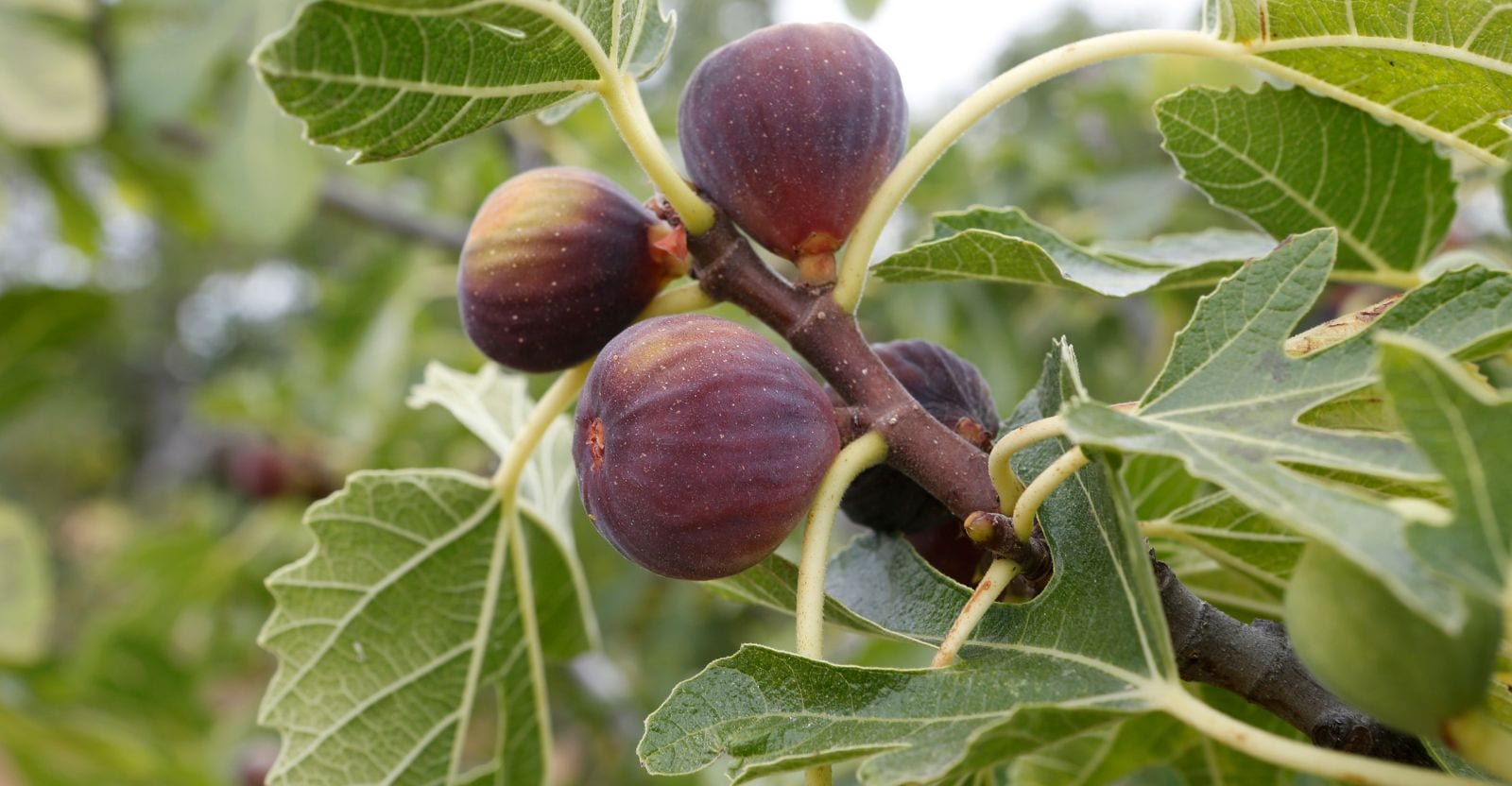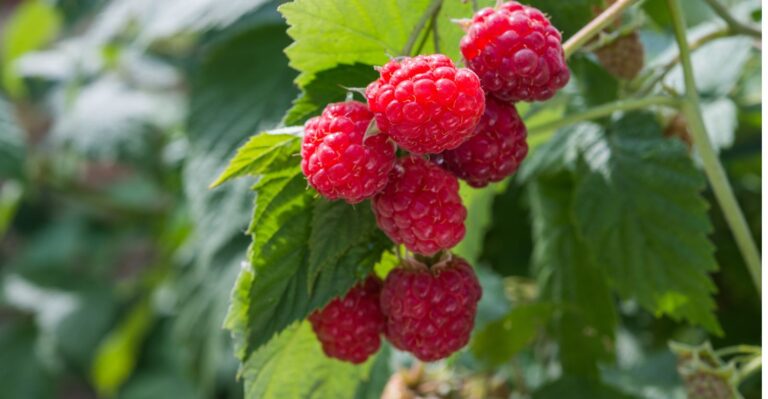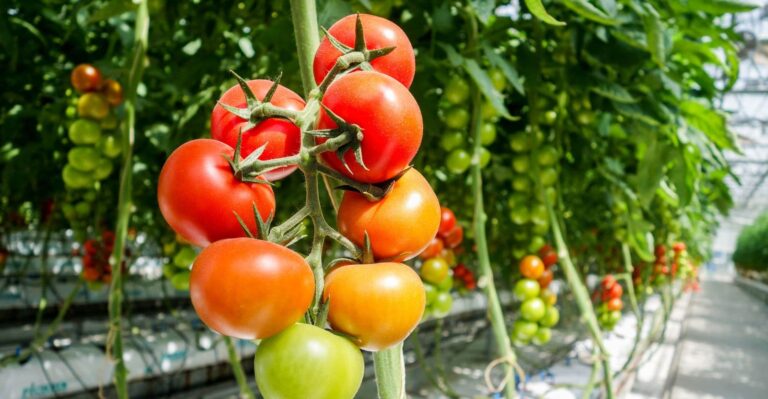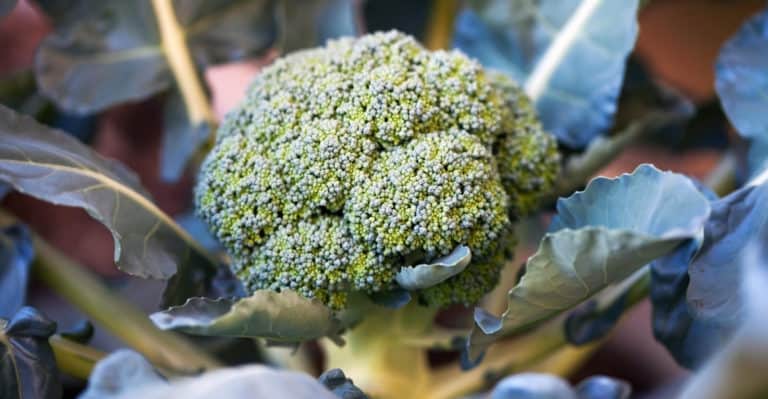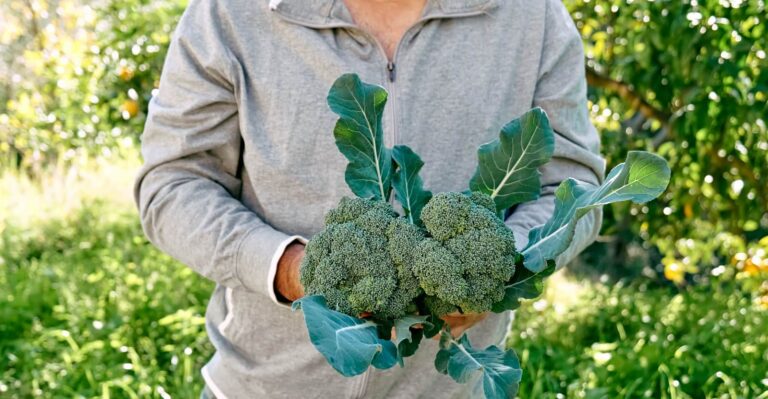Amazon has put together some great Home Gift Deals – save money and get your shopping done at the comfort of your home! Click here to see deals on Amazon
Figs are the most common fruits you may find in superstores or your local grocery stores. Growing and pruning fig trees are not very difficult once you understand the correct way of doing it.
It takes far less time to prepare and plant fig trees that could reward you with a long-lasting supply of organic sweet fruit.
If you are looking for more information about growing fig trees, the best edible fig variety to grow, and how to care for them and fix any potential problem, then keep reading.
Let’s get started knowing everything to get started with successfully growing figs.
What Are Figs?
Figs (Ficus Carica) is a deciduous shrub that is native to the Mediterranean. It grows up to 10 to 20 feet tall and wide. These are remarkably tender plants but can be quickly grown in containers and protected over the winter.
The good thing about growing figs is that the plants are not too particular about soil conditions. It will fruit in poor, shallow soil as long as it drains well.
Figs fruits are full of nutrients and an abundant source of minerals and vitamins. Planting a fig tree can take you little more than 30 minutes, and you could get a steady supply of syrupy sweet fruits for the decades.
The fragrant leaves of figs can also fill your garden with the scent of a Mediterranean holiday right through the summer.
How To Grow Figs
Figs are native to the Mediterranean that means they are best suited to grow in hot weather conditions. But with a little groundwork, you can also grow fig fruits in cold temperate regions.
Here’s how to get started with growing figs.
Planting a Fig
When you are ready to plant a fig, find a location where the ground is fertile and moist. It helps with the growth of figs into a large, spreading tree with masses of leaves.
But if you want to grow a fig tree that produces more fruits, then you have to constraints the fig roots in a “fig pit.” The fig pit is a large, buried pot that restricts the spreading of root growth and forces the fig tree to divert its energies from foliage to fruit. This maximizes both the size and the flavor of the fruit.
To get started, dig a large hole and line it on all sides with 24-inch paving slabs to create a sunken cube-shaped pot. Then fill the bottom 8 inches of the planting hole with rubble and broken bricks to create a condition of rocky subsoil like its native habitat.
The side slabs of the fig pit should extend around 2 cm above the ground level. It prevents the tree’s root from making a break from the ground and spreading outside. Backfill the hole with a 50:50 mix of regular garden soil (not compost) and gravel.
Note:
Seek out the warmest, sunniest place in your garden. Most likely, the best position is against a wall facing the sun where the tree does not get a shadow from the wall but can get reflected heat from the wall.
Watering
During the growing period of the fig tree, it’s vital that you keep the little plant well-watered and fertilized to help it hold the ground quickly.
It takes around 2 to 3 years for a fig tree to start producing fruits. In the early years of the plant, focus on helping it to establish its roots in the soil. It helps with growing stronger and healthier foliage.
After the fig gets the roots established in around 2 years, it will need less care and need little to no supplemental feeding and watering.
Figs grow in hardiness zones 5 to 10 and are suitable to grow in containers. That allows you to move inside during the cold season and bring it back outside during summer. Figs are very sturdy and are pest-resistant plants except for scale insects that may damage the tree.
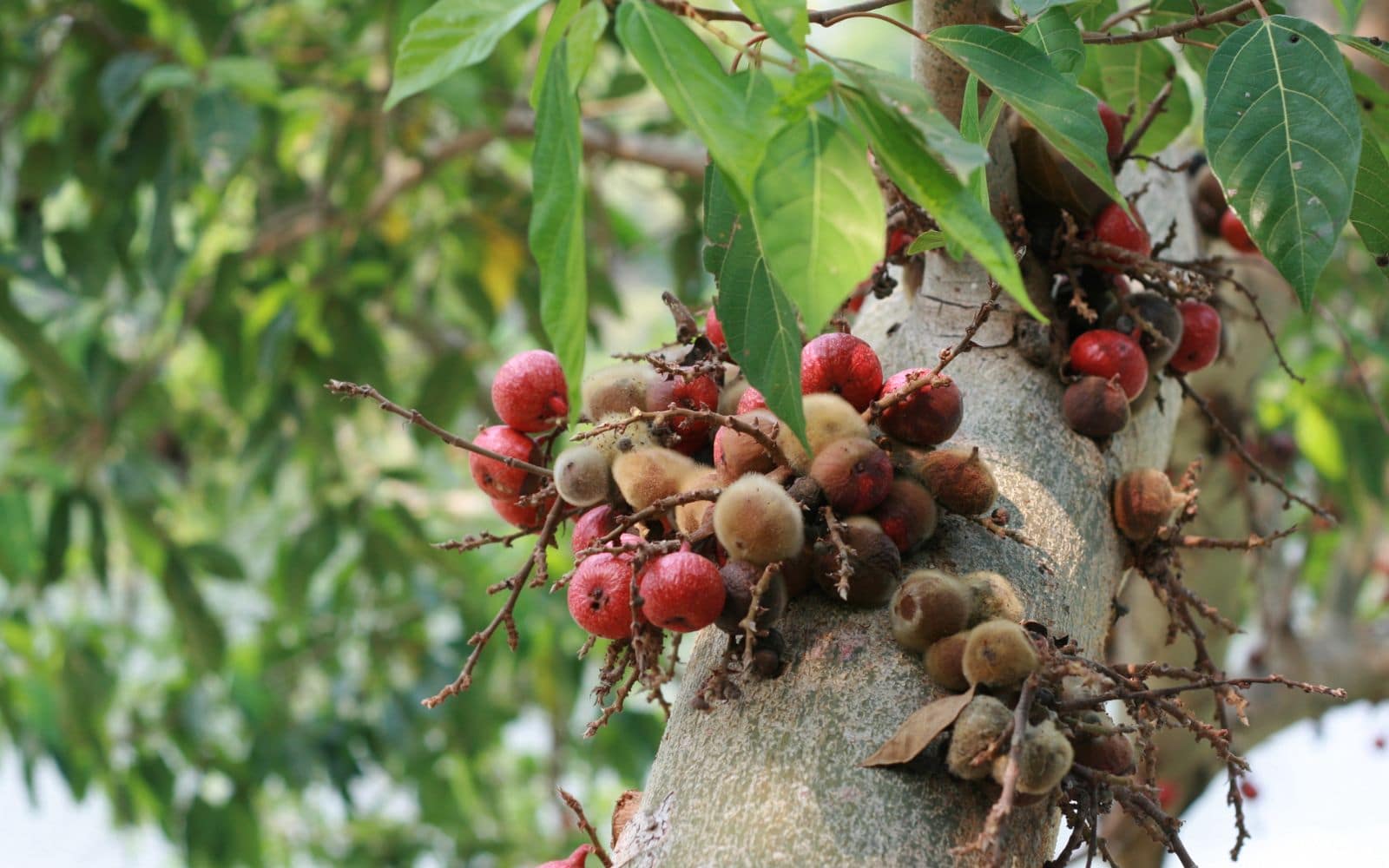
Which Fig Variety You Should Plant?
There are so many different varieties of figs you can plant. When you shop for figs in the supermarket, you may often find a “Brown Turkey” variety that is watery and doesn’t taste very good.
Look out for the following variety of figs that taste far better than “Brown Turkey,” and you can easily grow in your garden.
Rouge de Bordeaux
Many people also call it “Petite Negra” and “Violet de Bordeaux.” It produces fruit that has dusty purple skin that hides a bright red flesh. It tastes like homemade strawberry jam with an exotic fig fragrance.
This fig variety is easy to grow even in low-temperature conditions. It’s one of the most widely grown varieties in the Pacific Northwest region of the United States.
If you get the harsh winter condition, then you can also grow it in a pot that you can keep on a porch and bring it inside when the temperature drops severely. There is also an ultra dwarf variety of Petite Negra which you can buy it from here.
Brunswick
The Brunswick variety of figs produces a large brown and green fruit with dusky pink centers. It has a rose-scented fragrance and contains a sizable natural sugar level. It provides you with quick energy after eating the fruit.
The plant is tolerant of damp, cold weather conditions and produces substantial fruits.
Osborn’s Prolific
Do you wish to savor homegrown figs but live in a cold place?
Then there is good news for you, Osborn’s Prolific is for cool-climate growers. This is one of the best-flavored figs for areas that have milder summer and chilling winter. The pink-colored pulp of the fig needs far less heat to ripen than most other fig varieties.
It has a rich sweet flavor with a jam-like texture that makes kids to adults love this fruit.
Excel Fig
Excel variety of figs has greenish-yellow skins with light floral honey-like fragrance. These are cold tolerant and fruits easily. It grows very fast and expands to the surroundings.
You must limit its growth by planting it through a “fig pit” way. As it restricts the root growth and encourages more fruit production than growing the foliage.
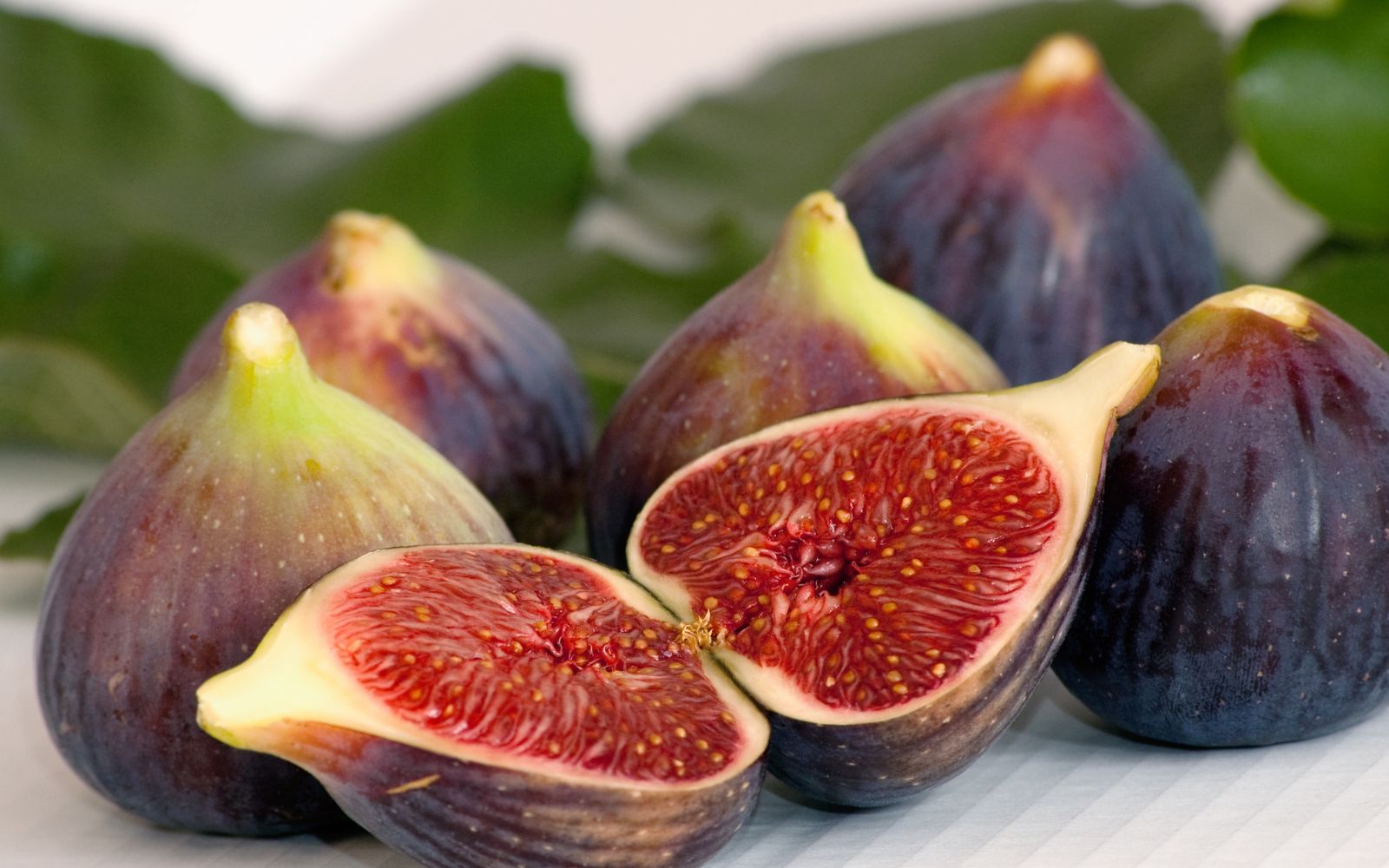
White Marseilles
White Marseilles fig fruits have light green to pale yellow color and are a good source of natural sugar. It has a silky-smooth texture inside the fruit and an outstanding aromatic flavor.
Pruning Fig Trees The Right Way
Pruning fig trees help form the tree for its appearance and health. Whether the fig tree is planted against a wall or grown freestanding, prune it between winter and spring to remove old growth. And again, in the summer to encourage the formation of fruits.
Fig saps can irritate the skin, so wear gloves such as Bamboo working gloves when pruning trees. To prune freestanding trees in spring, select long, old stems that only fruit at the tips and cut them back to within two to three inches of the trunk or branch.
Remove any congested growth from the center and any dead or diseased wood. Also, cut back frost-damaged shoots to encourage healthy growth. In summer, pinch off growing tips once they have 5–6 leaves to stimulate new fruit production. This will also let in the sun to ripen last years’ fruit.
Here is the checklist when pruning fig trees:
- Prune diseased and damaged branches.
- Cut down secondary branches that grow from the main fruiting branches
- Remove branch that grows too close to the main stem or is at less than at a 45-degree angle. These are not very strong branches and prone to break easily
- Remove branches that are cutting or crossing each other
- Cut down the overall length of the branch to its third, so more energy can be used in growing fruit rather than growing foliage
- Remove fig fruit which is deformed or not growing properly. This helps fig to divert resources to the remaining healthier fig fruits
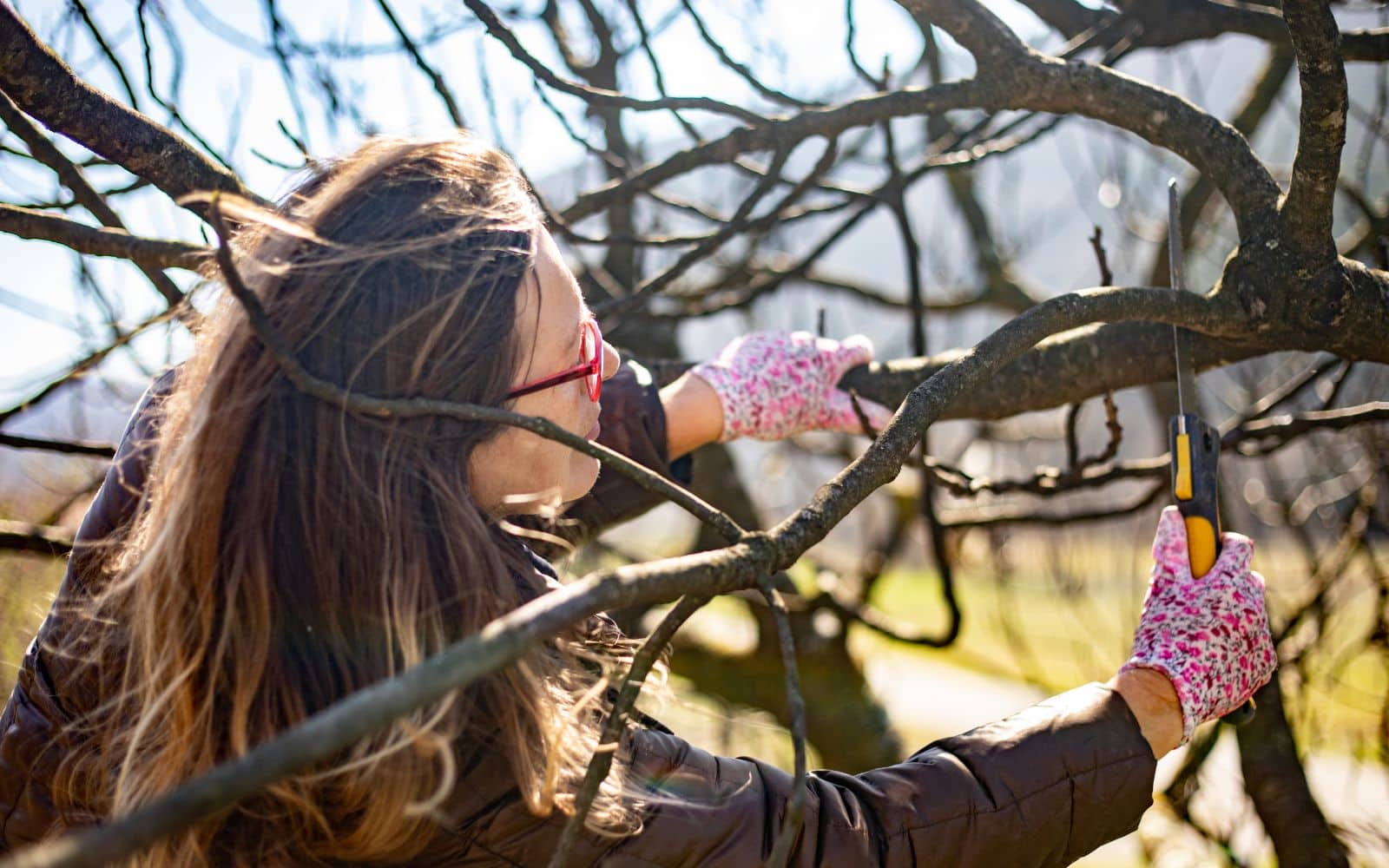
How Do You Take Care Of A Fig Tree And Prepare For Winter?
Fig trees need a lot of sunlight to produce fruit, so move the container to follow the light. Use a lightweight potting mix to make lifting easier. Overall, figs need a warm, sunny light and should be kept well watered throughout the growing season.
Although these are tender plants, they grow vigorously. Figs need protection in even the warmest parts of the country during the growth stage of the first two years. In the colder region, they can be grown in containers and brought indoors to a cold, dark room to spend the winter in a dormant state.
While the plant is dormant, don’t allow the soil to become wholly desiccated, but also don’t overwater it or the roots will rot. Keep an eye on the soil condition every couple of weeks.
If you don’t have a cold, dark storage room for the dormant fig tree, then you can also bury the tree in the ground in winter. Dig a trench that is deep enough so you can cover the tree with soil or mulch material such as straw. Then top the trench with a tarp to keep the fig relatively dry.
Pruning Fig Tree: When Should You Do It?
You may have to prune the fig tree at least once right after transplanting and then regularly after it has established and starts growing.
Six months after planting, prune the growing fig tree to half its size. This allows the tree to develop its roots and foliage. The stronger and healthier foliage and roots help with the fruiting once the tree has matured.
Trim it around 10 to 15 inches in length and leave six or seven branches for future growth. Be careful to not cut all the stems but trim them down to reduce the size.
For trimming a full-grown tall mature tree, pick the winter season when the tree goes dormant. Remove any diseased, broken, or suckers from the fig tree.
Shape the tree depending on the location and other obstructions in its place. Remove any growing branch which grows very close to the main stem. As it hinders growing healthier fruits.
Do you know: Figs help to hold moisture in baked goods, meaning that they can reduce the amount of fat added to your recipes by up to 50 percent? Just imagine the health benefit of removing half the amount of butter or oil by using figs in the cooking.
Pruning Fig Trees In Pots
To prune fig trees planted in pots, use the best pruning shears to snip off any frost damage or crossed branches of figs. When planted in a container, it’s usually easier to move the plant around for better access to cut the stem. Keep an eye on the suckers that shoot up from the base and cut it before it grows too big.
Pinching out the tips of the new branches to five or six leaves long in midsummer encourages the formation of embryo fruit for next year. Watch out for any sticky white latex that exudes from the cut branches.
These latexes are irritating to the skin when exposed to sunlight. So either put on a full-sleeve shirt and gloves when pruning fig tree or pay close attention and not let it stick to you in the first place. I would prefer to prune it during the evening when the sun is not as bright as it reduces the risk of getting irritating skin.
When you prune fig trees grown in pots, it helps to shape the tree into a standard bulb shape. This helps reduce the unnecessary spread of the fig branches indoors. This may not look good or get too cluttered that it becomes inconvenient to move inside the room.
Pay close attention while cutting branches to make a cleaner cut. This helps prevent the spreading of disease or infection to the plant and gives a beautiful appearance to the plant.
Figs have a hard-outer surface, and it may be necessary to precook them before eating them. The precooking removes the bitterness from the fruit and makes it safe to eat.
To get started, snip off the sturdy fig stems and place them into a pan of rapidly boiling water for 10 minutes. Drain off the water and then replace it with fresh water and cook the figs a second time in freshwater for another 10 minutes.
This helps remove the last of their latex “green” flavor. Now the figs are ready to eat whatever way you like.
How To Pick And Store Fig Fruits
You will know when it’s time to harvest and pick figs by looking at the fruit. The harvest-ready fig fruits are fully colored, slightly soft, and the stalks start to bend.
Look for the drops of nectar appearing at the base of the fruit, but don’t pick too early as it won’t ripe further. Eat soon after picking as these don’t store very well.
But if you need to save it for the long-term, then you can do it after freezing or dehydrating it. You can also can it in a preservative for later use.
Conclusion
Fig trees are a good source of providing organic fig fruits that you can savor on any occasion. Growing a fig tree is not a very hard job, and you can plant it both indoor and outdoor.
If you are planning to grow it for the fruit, then I recommend you pick fig varieties mentioned earlier. Those are some of the best fig fruits you can taste, and the tree can be grown quickly, even in colder weather conditions.
Pruning fig trees help with the growth of the plant, and you should cut down any diseased or sucker branches to encourage more fruition. During the growth, water the trees 2 to 3 times a week and reduce it as the plant grows. Keeping a fig tree in short length also makes it easy to harvest the fruits.
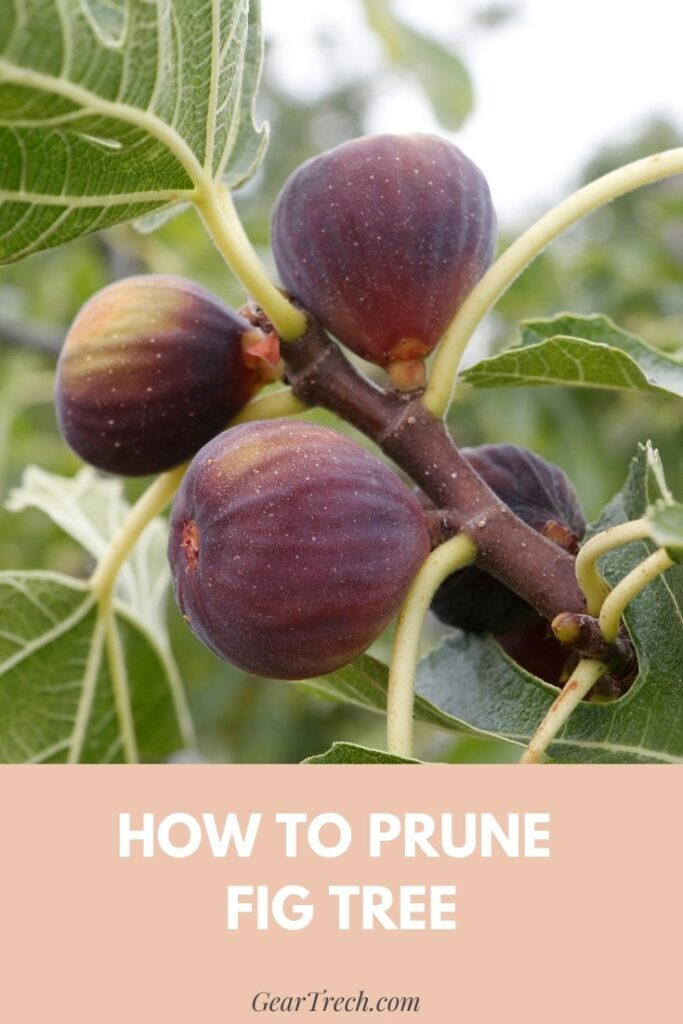
Don’t forget to share this post

